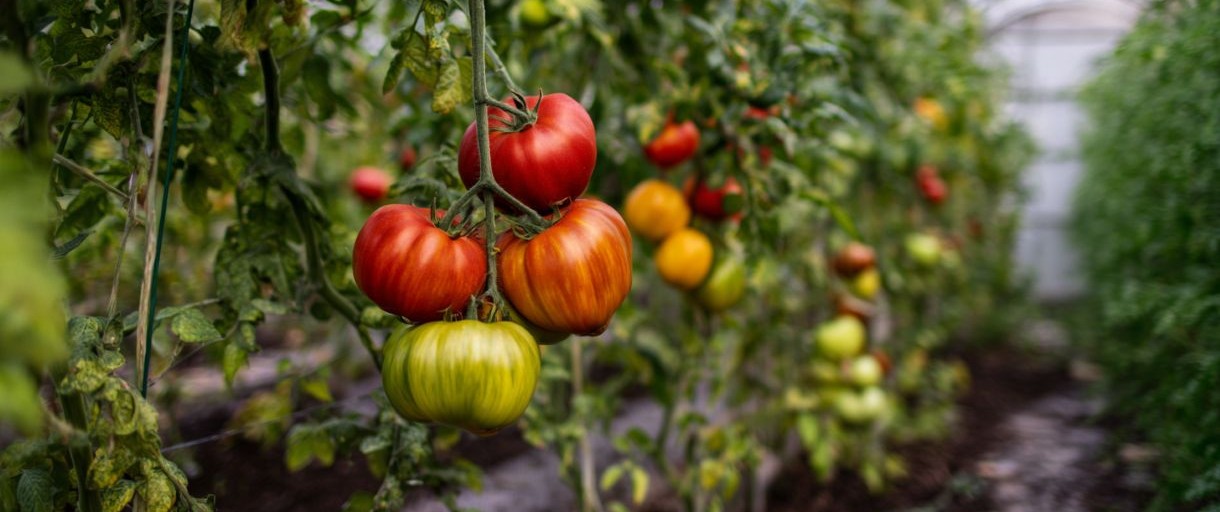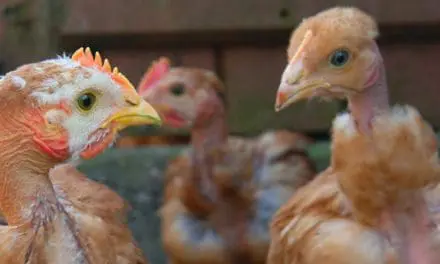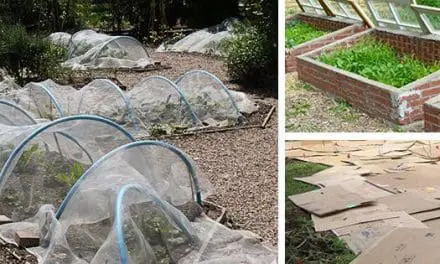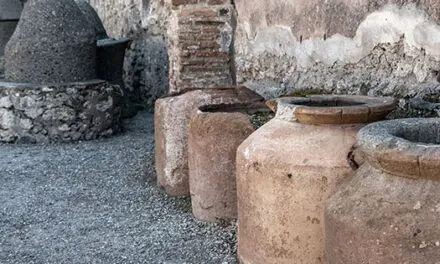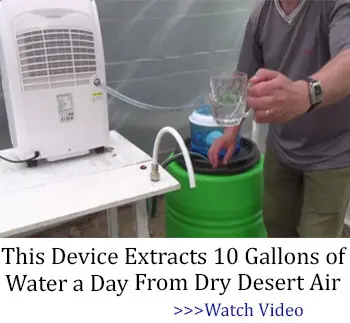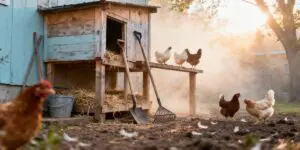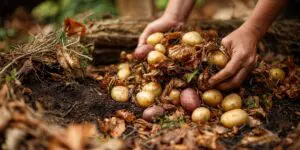Growing tomatoes in a greenhouse comes with a lot of perks—controlled temperature, protection from pests, and an extended season. But one challenge that even experienced growers face is this:
Why won’t my greenhouse tomatoes ripen?
You’re not alone. While the plants are usually healthy and the fruit plentiful, it’s surprisingly common to end up with loads of green tomatoes that seem to be stuck in limbo. Let’s explore why this happens—and how to fix it.
The truth is, greenhouse tomatoes grow in a very different environment than outdoor ones. What works in the open garden doesn’t always apply under glass. The unique microclimate of a greenhouse can sometimes prevent tomatoes from turning red—even when everything else looks perfect.
Understanding what your tomato plants are telling you is key. They may look lush and vibrant, but if ripening has stalled, it’s a sign to shift strategies. Fortunately, there are several proven methods you can apply to get them over the finish line.
Why Tomatoes Struggle to Ripen in a Greenhouse
At first glance, a greenhouse seems like the perfect place for ripening tomatoes. But it turns out there are a few key factors that work against you:
1. Too Much Heat
Yes, really. While tomatoes love warmth, temperatures above 85°F (29°C) during the day or above 70°F (21°C) at night can disrupt the ripening process by suppressing the production of lycopene and carotene, the pigments responsible for turning your tomatoes red.
2. Humidity and Poor Airflow
Greenhouses often retain more moisture in the air. Combined with limited airflow, this can slow down ripening and encourage fungal issues if left unchecked.
3. Over-Fertilization
Tomatoes that are still getting heavy doses of nitrogen will focus on growing leaves and stems—not ripening fruit. Late-season feeding can unintentionally delay ripening.
4. Lack of Ethylene Exposure
Tomatoes produce ethylene gas to trigger ripening. Outdoors, wind and temperature shifts help circulate this gas. In greenhouses, it can dissipate unevenly or escape altogether if airflow is too high.
Even with these challenges, it’s worth remembering that greenhouses are still a tomato-friendly environment—you just have to adjust your methods. Once you understand the barriers, they become very manageable.
Greenhouse-grown tomatoes often reach maturity faster than outdoor ones. So if you notice they’re staying green longer than expected, it might not be a timing issue—it could be environmental or nutrient-related. Small tweaks can make a big difference.
How to Ripen Greenhouse Tomatoes
Fortunately, there are several simple strategies you can use to coax your tomatoes to ripen properly inside the greenhouse.
1. Control the Temperature
Aim for daytime temps between 70–80°F (21–27°C) and nighttime temps around 60–65°F (16–18°C). If your greenhouse gets too hot:
- Open vents and doors during the day.
- Use shade cloth to reduce heat.
- Water early in the day to prevent excess humidity.
2. Cut Back on Nitrogen
Once your tomatoes start fruiting, stop feeding them high-nitrogen fertilizers. Switch to a low-nitrogen, high-potassium formula instead, or stop feeding entirely toward the end of the season.
3. Prune and Reduce Growth
- Remove excess foliage to allow sunlight to reach the fruits.
- Cut off the top of the plant (topping) in late season to redirect energy to ripening.
- Pinch off small or immature fruits that likely won’t ripen before the season ends.
4. Limit Watering
Cut back slightly on watering as your tomatoes mature. This encourages the plant to focus on ripening existing fruit instead of producing new ones.
5. Cluster Ripening with Ethylene
Ethylene promotes ripening—so you can use it to your advantage.
- Place ripening fruits together in a warm part of the greenhouse.
- You can also add a ripe banana or apple nearby to boost ethylene naturally.
- Keep these clusters shaded (not in direct sun) to prevent overheating.
6. Pick and Ripen Indoors
If the season is ending or weather is turning, pick mature green tomatoes and ripen them indoors. Place them in a paper bag or cardboard box with a ripe banana or apple in a warm, dark area.
Look for “mature green” tomatoes—ones that are full-sized, glossy, and just starting to soften or change color at the blossom end.
If your greenhouse gets too cold at night in early fall, start picking tomatoes just before maturity. Indoor ripening is slower but safer when temperatures dip below 55°F (13°C).
Make sure to check fruits daily and remove any that develop soft spots or mold to avoid ruining the rest. Even with ripening aids, airflow and monitoring are still key.
Bonus Tip: Know Your Variety
Some greenhouse tomato varieties are slower to ripen than others. If you’re growing long-season types like Brandywine or Beefsteak, be patient—but apply the strategies above to give them the best chance.
Cherry and plum varieties tend to ripen faster, so consider mixing types in your greenhouse to stagger your harvest and reduce stress.
Also pay attention to determinate vs. indeterminate types. Determinate varieties tend to ripen in a shorter window, while indeterminates produce fruit over a longer period and may need more pruning and management to ensure consistent ripening.
Some varieties are bred specifically for greenhouse growing and perform better under low light or controlled environments. Consider trying those if you’ve struggled with ripening in past seasons.
Color and shape also matter—yellow, orange, or striped tomatoes may appear “unripe” even when they’re at peak flavor. Learn your variety’s cues so you don’t miss the best window to harvest.
Final Thoughts on How To Ripen Greenhouse Tomatoes
Ripening greenhouse tomatoes doesn’t have to be a guessing game. Once you understand what’s holding them back—heat, humidity, overgrowth—you can take action to create the perfect ripening environment.
A few small adjustments to temperature, pruning, and feeding can turn your late-season tomato frustration into a smooth, abundant harvest. Whether you ripen them on the vine or bring them indoors, the result is the same: sweet, homegrown tomatoes packed with flavor and satisfaction.
With just a little observation and fine-tuning, your greenhouse can become a tomato-ripening machine—one that gives you beautiful, ripe fruit even when outdoor growers are calling it quits. Greenhouse growing takes patience, but the payoff is worth it.
You may also like:
 No Seeds Needed! How to Grow Tomatoes from a Single Slice
No Seeds Needed! How to Grow Tomatoes from a Single Slice
The Herbs You Need to Keep Close During Dark Times (Video)
Bone Meal Fertilizer: The Secret Soil Booster Hiding in Your Kitchen

